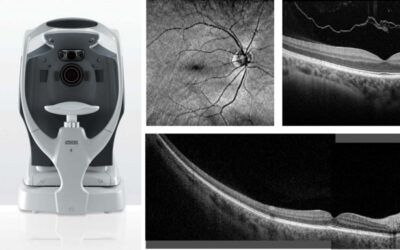How blue light prevents beauty rest
There are numerous studies that have linked “the night shift” and exposure to blue light at night to several types of cancer, diabetes, heart disease, and obesity.
Exposure to light during nighttime limits the production of melatonin, a hormone that influences circadian rhythm – your natural sleep and wake cycles. Although they are preliminary, there are current studies investigating the correlation between the decrease of melatonin and cancer.
Elsewhere, researchers at Harvard have discovered the possible connection of blue light to diabetes and obesity. The researchers put 10 people on a schedule that gradually shifted the timing of their circadian rhythms.
The study results? They found the tests’ blood sugar levels increased while their levels of leptin — a hormone that leaves people feeling full after a meal — went down. These two correlations increase the potential disruption of sleep.
With our society completely immersed in digital technology, our retinas can now receive light no matter what time of day it is – our bodies do not know when to get ready for sleep.
And light at night is a huge part of the reason so many people do not get enough sleep, and researchers have linked short sleep to increased risk for depression as well as diabetes and cardiovascular problems

Out like a light?
While light of any kind can suppress the secretion of melatonin, blue light does so more powerfully.
Blue light is emitted by digital devices such as televisions, computer screens, and cellphones. To produce white light, these devices must emit light at short wavelengths, close to the peak sensitivity of melatonin suppression.
This means that our digital devices with self-luminous electronic displays are major sources for suppressing melatonin at night, thereby reducing sleep duration and disrupting sleep.
What you can do to beat the blues
Harvard University neuroscientist Anne-Marie Chang shares a few ideas:
“For those who just cannot turn off digital devices, here are a few suggestions: You can dim the brightness of your devices or you can make use of programs that filter out short-wavelength light in the evening.
I’ve also heard of modern technologies that use different settings, such as reversing the print so the page is dark and the text is light, which, though untested, are probably beneficial if they reduce the amount of emitted light. But the best and least popular answer would be to simply avoid your devices before going to sleep!”
Along with Chang’s expert suggestions, here are a couple of other helpful tips to consider:
- Avoid looking at bright screens two to three hours before bed.
- Keep your bedroom completely dark or use a sleep mask.
- If you work a night shift or use a lot of electronic devices at night, consider wearing blue-blocking lenses.
- Get a red or orange reading lamp, which doesn’t emit blue light.
- Expose yourself to lots of bright light during the day, which will boost your ability to sleep at night, as well as your mood and alertness during daylight.
Has your sleep been affected by blue light? Are you looking to recapture a good night’s rest? If you suspect any sleep disruption caused by blue light, don’t hesitate to email Jenny at jenny@gp-optom.co.nz to discuss solutions.
Featured Posts
Focus on Paul Taylor Eyewear
Sometimes we don’t realise that the names behind our favourite brands are actually real people, or that they’re still not only alive but actively designing under the banner of their brand name….
New, Improved Optometry Equipment
Regulars to Greenlane Penrose Optometrist might notice a few changes and improvements during their next eye exam. We’ve been busy setting up new and exciting technology in the practice…
Address
Cnr Great South Road & Rockfield Road, Greenlane 1051
Phone
09 525 1516
Hours
Mon to Fri: 9am – 5pm
Sat to Sun: Closed
Holidays: Closed



